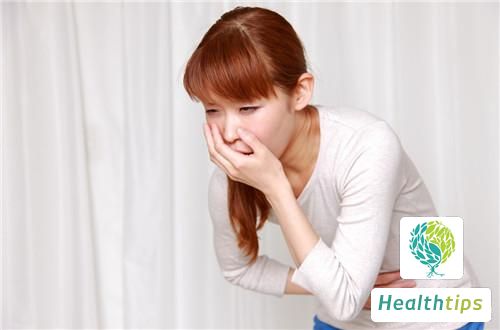How to Quickly Relieve Facial Allergy and Itching?
Facial allergies can manifest as redness, swelling, and itching, causing significant discomfort and unsightly skin appearance. There are numerous methods for quickly relieving facial allergy itching. It is essential to avoid using cosmetics during facial allergies and promptly isolate the allergen to facilitate recovery. When selecting cleansers, it is advisable to choose those that are non-irritating. Let's explore some methods for quickly relieving facial allergy itching.

I. Quick Relief for Facial Allergy Itching
1. Immediately stop using any skincare products and cosmetics if you experience facial allergies. After washing your face with clean water, use ice cubes to cool down the skin as allergies often cause a warm sensation on the face.
2. Regularly apply mineral water to your face using a face mask soaked in mineral water to ensure adequate moisture retention.
3. Use a small spray bottle filled with water to mist your face whenever you feel tightness.
4. In the evening or morning, you can apply leftover yogurt directly to your face as it contains nutrients that promote absorption.
5. After washing your face, spray some mineral water and apply a vitamin E emulsion for moisturizing without greasiness.
6. Resume using skincare products only when the facial allergies have completely resolved.
II. Main Causes
If there are no quality issues with cosmetics, and allergies still occur after use, the following are the main reasons:
1. Using cosmetics on already inflamed skin.
2. Switching between several different cosmetic products.
3. Using poor-quality cosmetics.
4. Incorrect usage of cosmetics.
Using cosmetics without quality issues can still cause acne, photosensitive dermatitis, and abnormal skin pigmentation, primarily due to improper selection of cosmetics by consumers. For example, people with oily skin who choose oil-in-water formulations may experience obstructed sebum excretion, leading to the formation of blackheads, inflammatory papules, or secondary infections resulting in pustules.
III. Allergens
Pollen: In spring, various flowers bloom, and pollen grains are released during this period, which is a significant factor leading to a high incidence of allergies in spring.
Dust mites: Dust mites thrive in the dust around us, and the temperature and humidity in spring are ideal for their growth and reproduction. People with asthma or allergic tendencies who inhale dust containing large numbers of mites may experience asthma attacks.
Germs: Spring is a season prone to colds. When a person's resistance is low, viruses, bacteria, and other pathogens can act as allergens and trigger asthma.
Climate: The unstable temperature and large temperature differences between day and night in spring can also trigger asthma attacks in some individuals who are allergic to changes in air temperature.



















